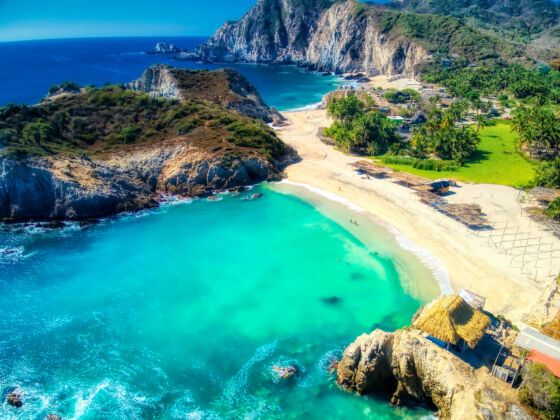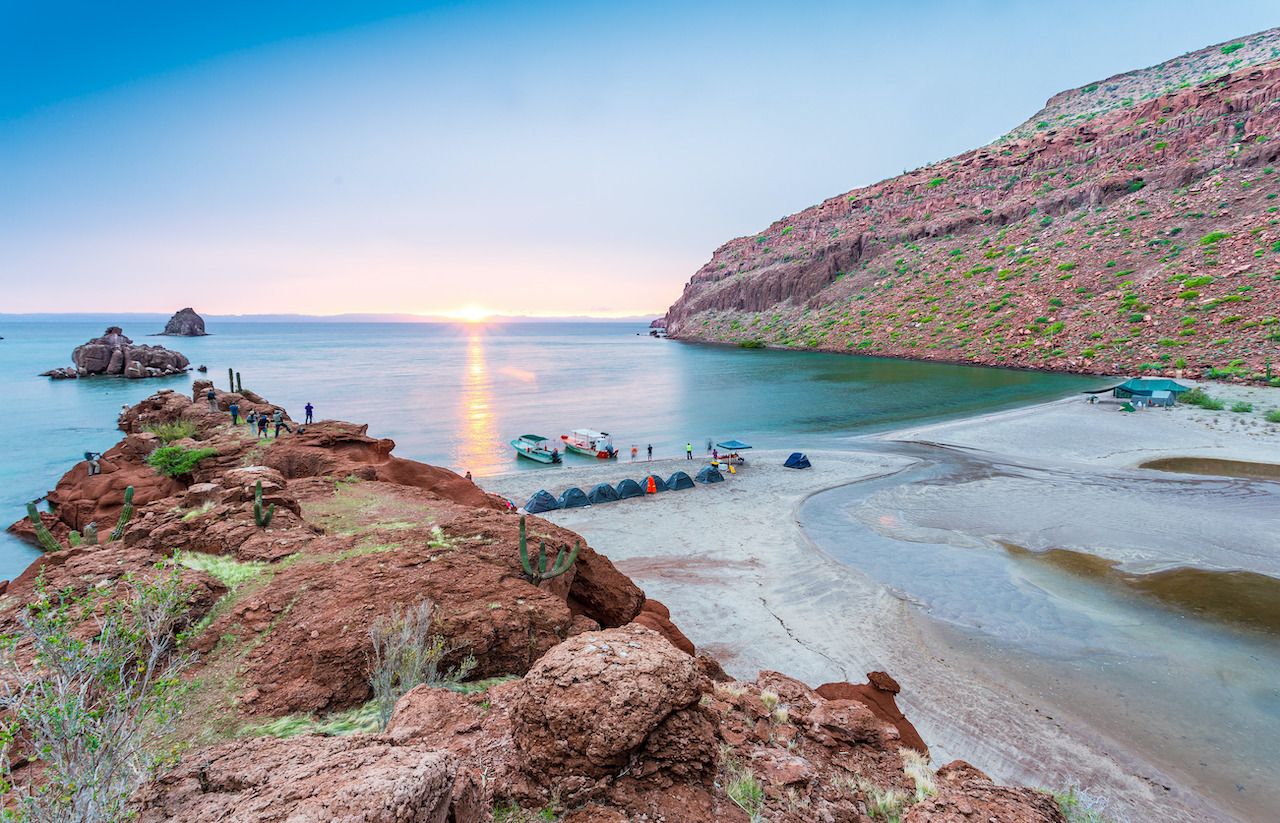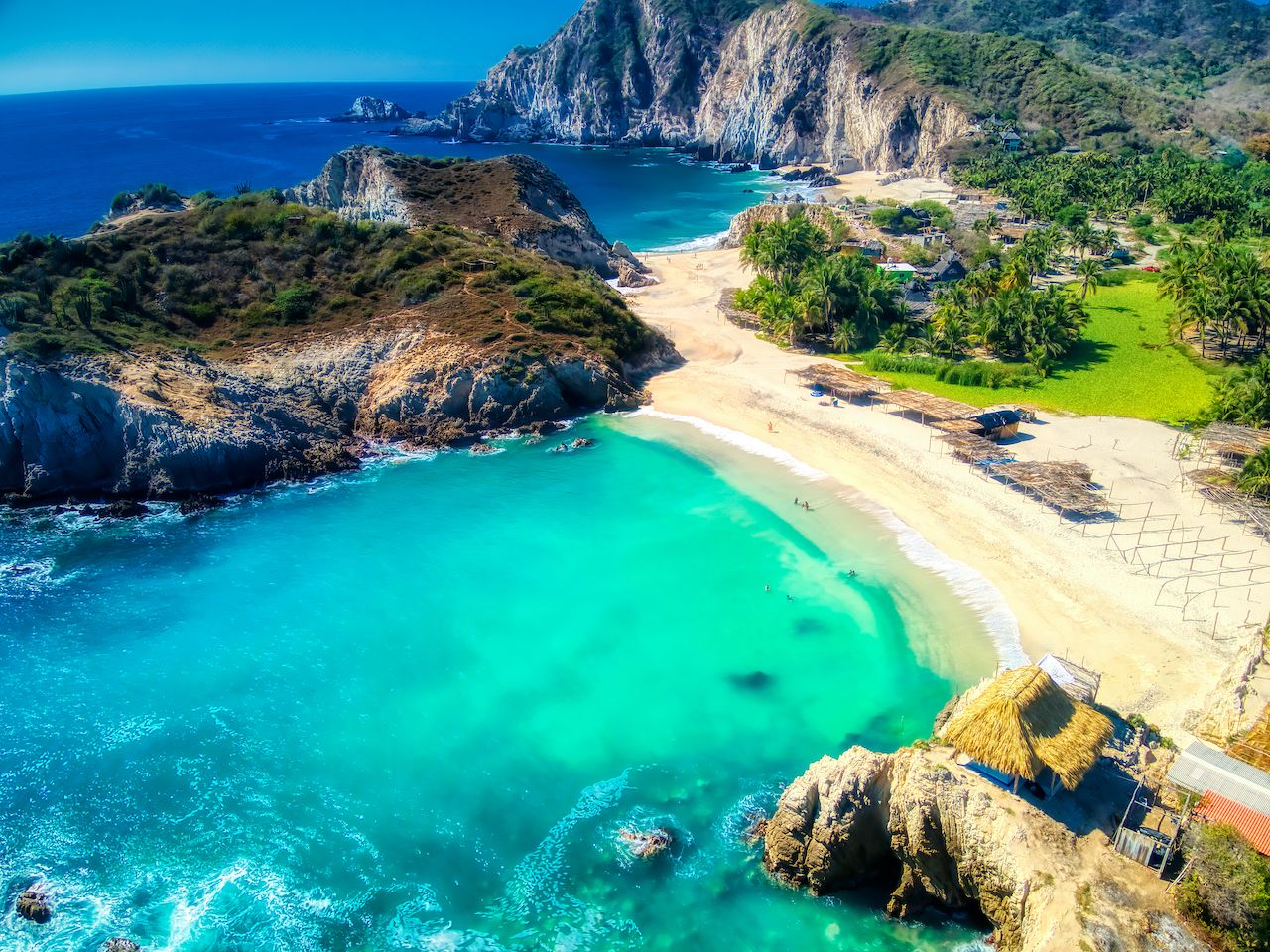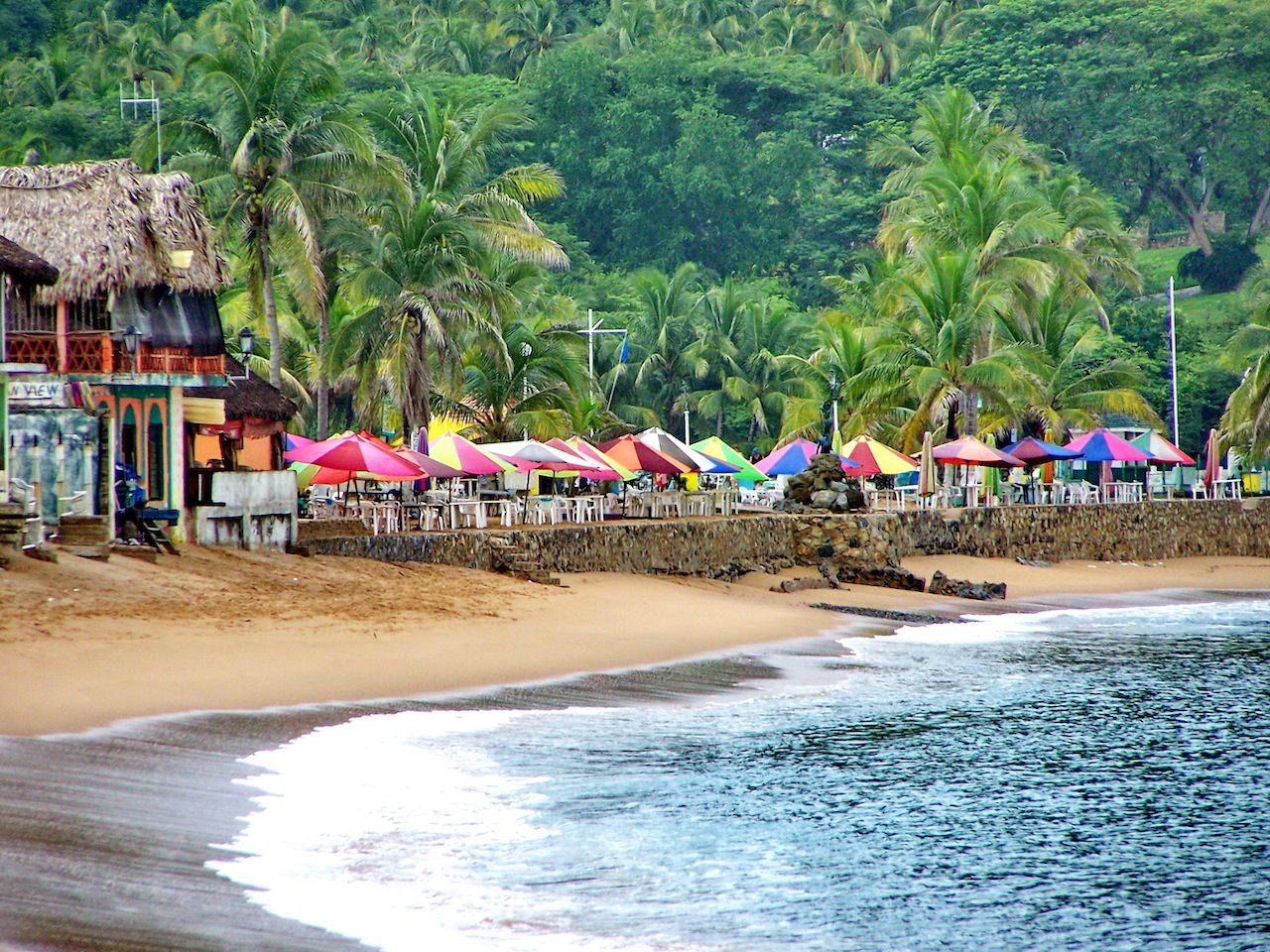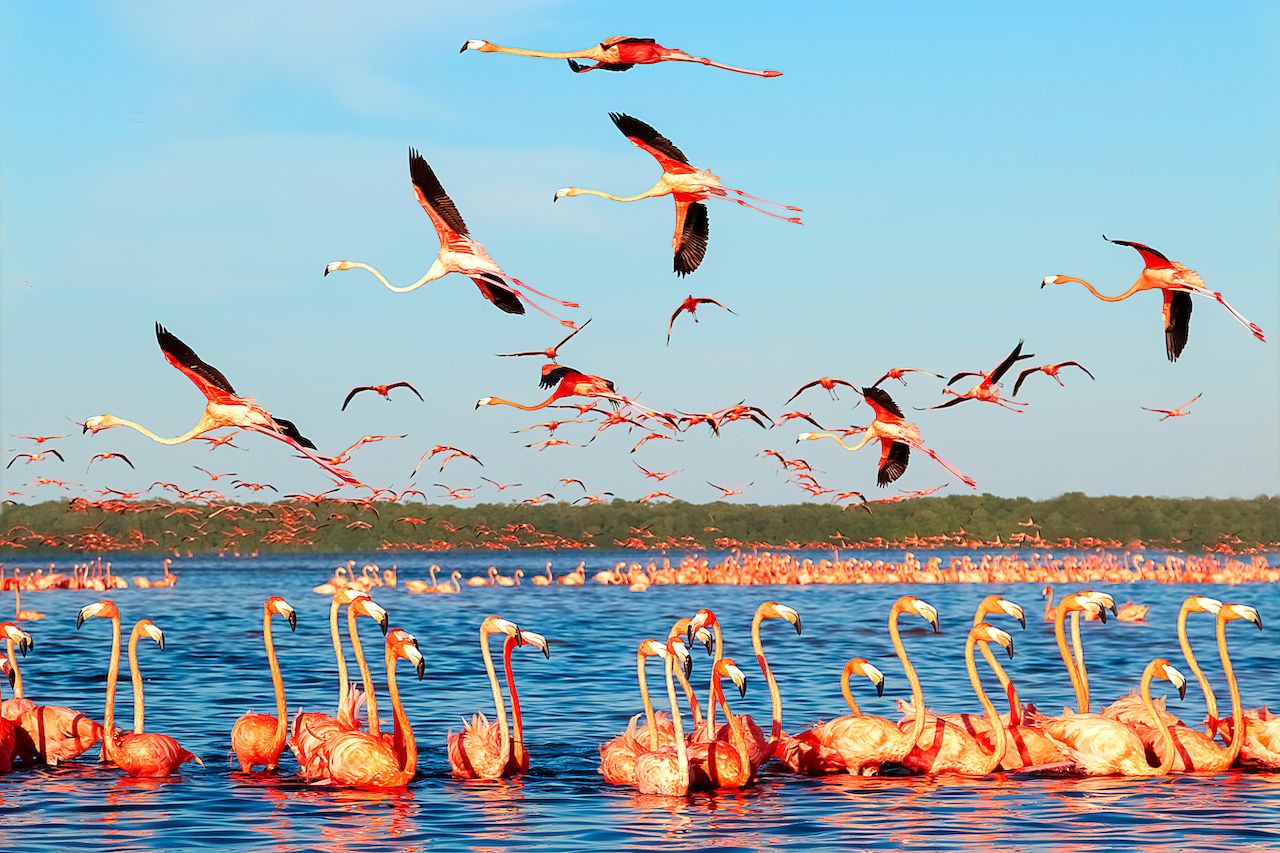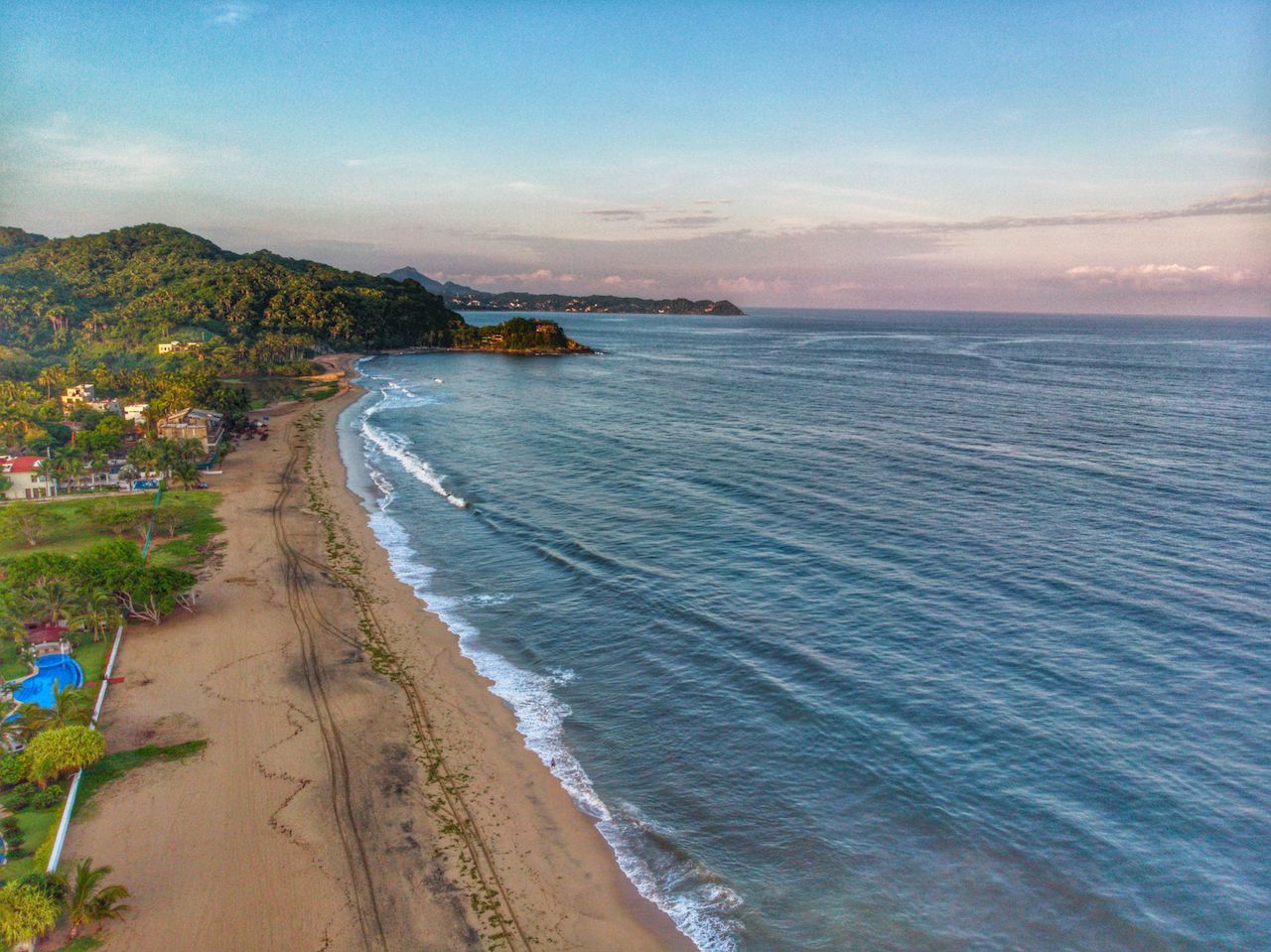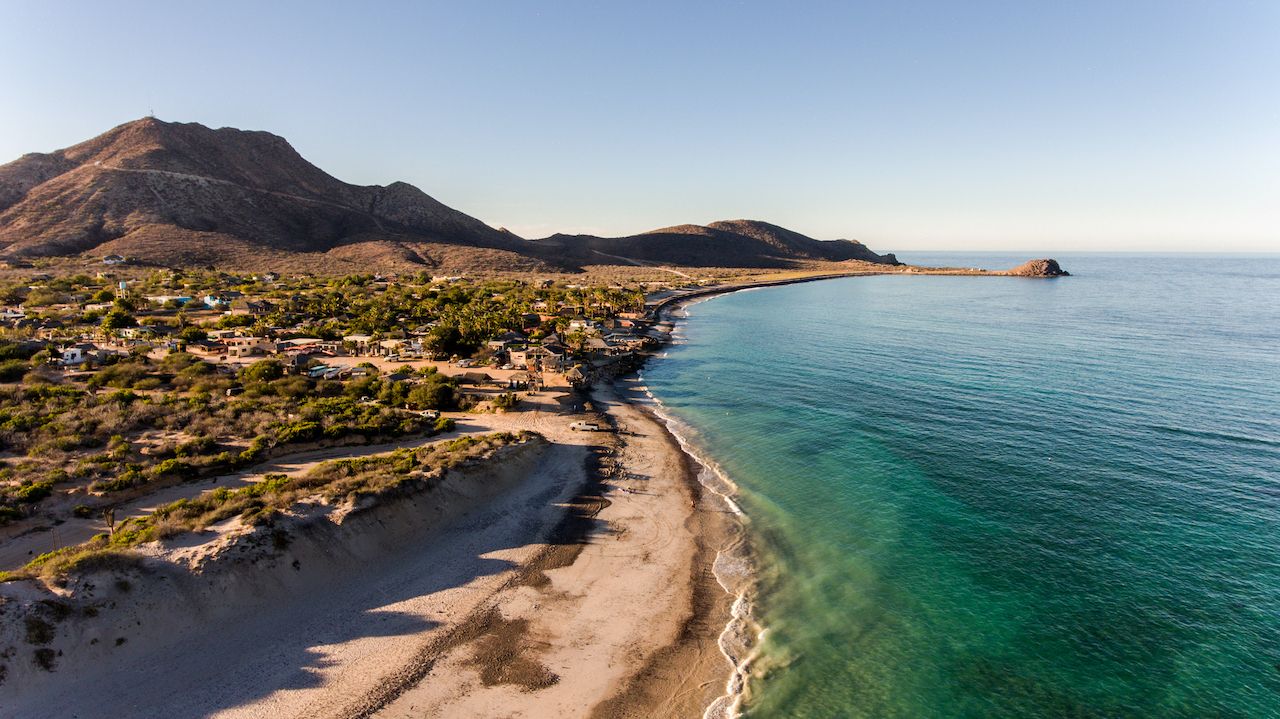Mexico’s most popular beaches can be paradoxical for travelers: Resorts like Puerto Vallarta and Cabo San Lucas instantly tempt us to fly south of the border while their popularity can discourage us from actually going. But avoiding the resort crowds doesn’t have to mean writing off Mexico’s coast. How could it when Mexico’s coastline stretches roughly 5,800 miles across almost 20 states? It all comes down to choosing the right beach town. And we just so happen to know where to find sun, sand, and surf sans crowds. These are nine of our top picks.
So you know: Matador Trips is hosting two epic excursions on the Mexican coast. Book now to explore cenotes and swim with whale sharks in the Yucatán Peninsula or discover Puerto Escondido and the wild Oaxaca Coast.
